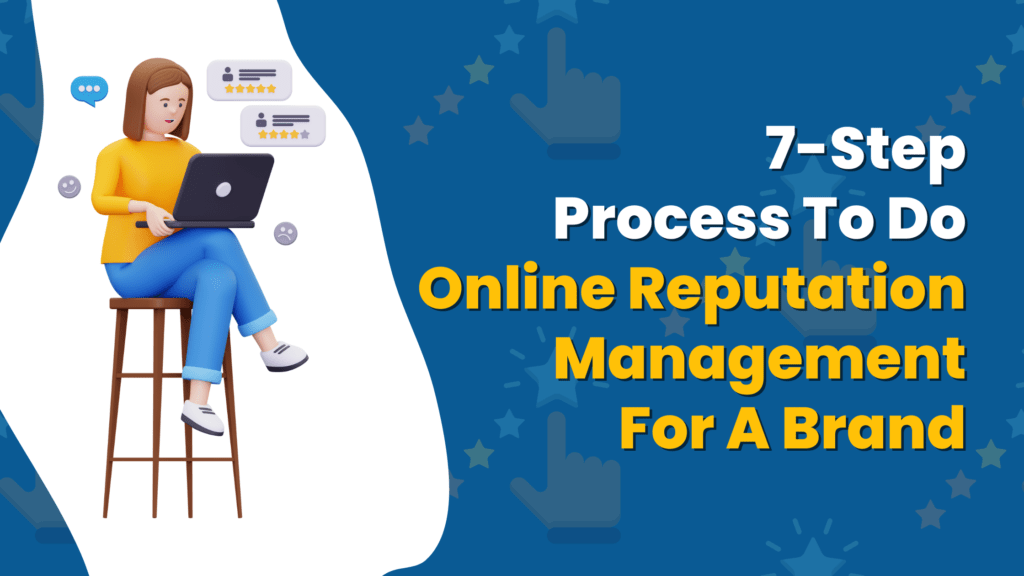It’s no secret that having a good reputation is essential for any successful business. After all, if customers don’t trust you, they won’t buy from you. But while many brands have cultivated credibility in the offline world, the same can’t be said for their online presence.
Let’s take the example of a restaurant. While it may offer excellent food and service in the physical world, its online presence may not be equally strong. Its website could be outdated, its online chat service quite slow, there might be negative reviews on Yelp, or its social media presence might not be desirable. This can lead to customers not getting attracted to it and, ultimately, choosing to eat somewhere else.
This illustrates how important it is to manage your online reputation just as seriously as you do your offline one. To help with the online reputation management process, here is a step-by-step strategy on how to professionally manage your online reputation.
If you want to master online reputation management, then take a look at successful brand strategies
How to manage your online reputation:
- Assess your current online reputation
- Find out how you want your audience to see you
- Create a powerful content marketing strategy
- Be proactive on relevant social media platforms
- Engage with the audience mandatorily
- Analyze your target audience’s feedback
- Invest in online reputation management

